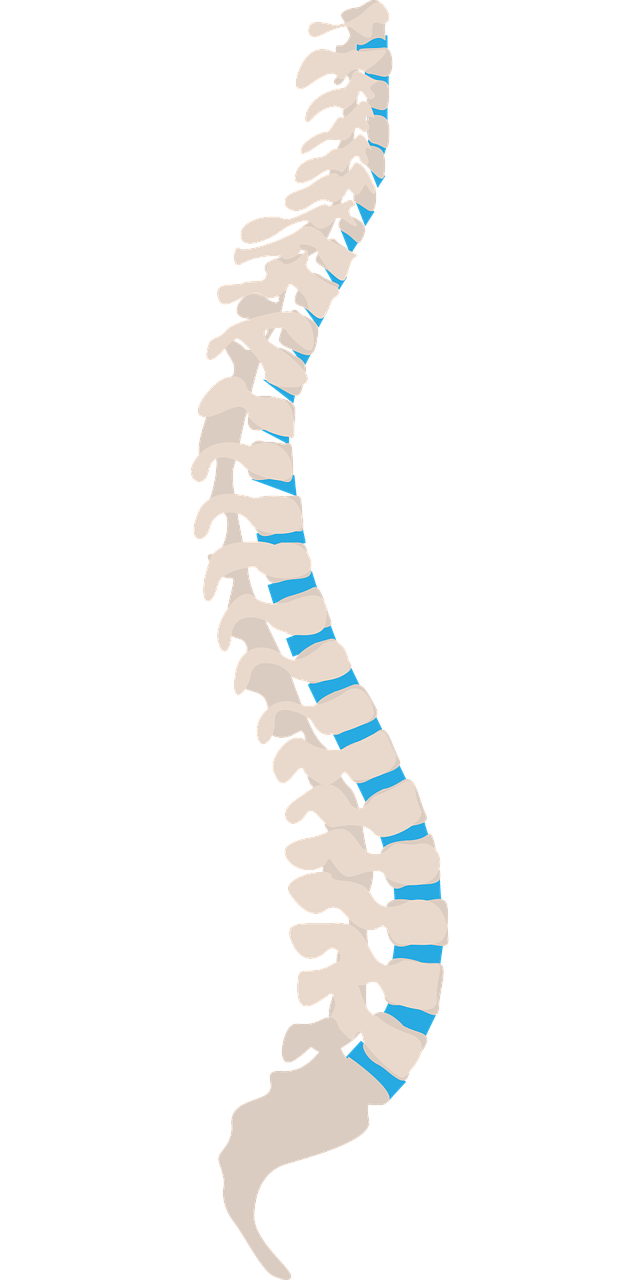 Many of the chronic-pain sufferers who visit one of our Louisiana pain clinics suffer from what's known as a herniated disc, a condition known to be a source of pain in the neck, arm, back or leg.
Many of the chronic-pain sufferers who visit one of our Louisiana pain clinics suffer from what's known as a herniated disc, a condition known to be a source of pain in the neck, arm, back or leg.
Also referred to as a ruptured or slipped disc, a herniated disc can occur anywhere throughout the spine, although it's often found in the cervical spine (neck) or lumbar spine (lower back).
Why does a herniated disc develop?
The discs found within our spine allow us to bend easily, and they also serve as shock absorbers. These discs are made up of an outer ring of cartilage and an inner gel-like substance known as nucleus. When there's a tear or defect in the cartilage, the nucleus can break through and bulge out.
This puts pressure on the nerves, which then leads to pain, numbness, and weakness. If the herniated disc is in the lower spine, pressure can be placed on the sciatic nerve. The sciatic nerve is actually comprised of several nerve branches that travel down the length of your legs, which is why it's possible to suffer from leg pain, yet not back pain, with a herniated disc.
When we're younger, our discs are comprised of up to 80% of water content. As we age, that water content decreases, causing our discs to become less pliable and more susceptible to wear and tear. There are certain conditions and actions that can increase the likelihood of a herniated disc, including:
- Heavy or incorrect lifting
- High impact activities
- Persistent twisting movements
- Obesity
- Traumatic injury
- Smoking
- Falls
Do you suffer from numbness in the neck, arm, leg, or lower back? Then you could have a herniated disc. Our pain management doctors use state-of-the-art diagnostic procedures to identify the source of your discomfort. We then employ effective treatment procedures designed to improve your quality of life.
Possible treatments in Greater New Orleans for a herniated disc
An overwhelming percentage of patients with herniated discs can be successfully treated without surgery. Our aim at Southern Pain and Neurological of Louisiana is to reduce your pain symptoms with as minimally an invasive procedure as possible.
Two highly effective treatments for herniated discs, which we offer in our clinics in Marrero, Metairie, and Covington, include Epidural Injections and Radiofrequency Neurotomy.
Epidural Injections
Epidural Injections are corticosteroid injections used to decrease pain and inflammation caused by herniated discs. This is an effective non-surgical approach we use to offer substantial pain relief to our patients.
Because of the tools and technology we use during our pain diagnosis, we can successfully pinpoint the exact source of your discomfort, and apply the injection to that source.
What we do is inject the medication into the epidural space of the spinal column. The procedure takes up to 30 minutes, including preparation time. We then monitor the patient for up to an hour afterwards, to allow the patient to recover.
Up to three injections may be given within a six-month period, with injections performed, on average, two to three weeks apart. However, if you experience considerable relief after just one or two injections, further treatments may not be required.
Our patients typically experience significant pain relief within two to ten days following the procedure and, in conjunction with physical therapy, may enjoy a truly pain-free lifestyle.
Radiofrequency Neurotomy
The purpose of this procedure is to "interrupt" the sensory nerve supply to the facet joint involved with your pain.
This treatment is effective for many months, if not years. However, it can only be performed once the facet joints have been properly identified as the source of the patient's pain with test blocks.
What are facet joints?
Facet joints are the small joints located between each vertebra; they provide the spine with both stability and flexibility. When the discs are bulging or herniated, the facet joints receive excessive loads, causing bone to bone pain and muscle spasms. You can experience considerable discomfort if one or more of these joints become inflamed or irritated.
A radiofrequency neurotomy will interrupt the sensory nerve supply to the involved facet joint. One of our physicians will use a fluoroscopy (x-ray) guidance to place radiofrequency needles alongside the nerves that supply the inflamed joint.
Once we confirm the needle is in the right position, we apply thermal energy and the nerve is deadened.
The entire procedure typically takes 30 minutes, including preparation time, followed by up to 30 minutes of observed recovery time.
Our patients typically only need one treatment; however, the procedure can be repeated every 6 months to 1 year, if required.
Unsure of the source of your chronic pain?
Even if you don't suffer from back pain, it's possible that your pain stems from a herniated disc. Schedule a consultation with our team today so we can diagnose your condition and pinpoint the source of your discomfort.
If you do suffer from a herniated disc, we'll walk you through our effective non-surgical options so that we can get you back to the pain-free life you deserve.
